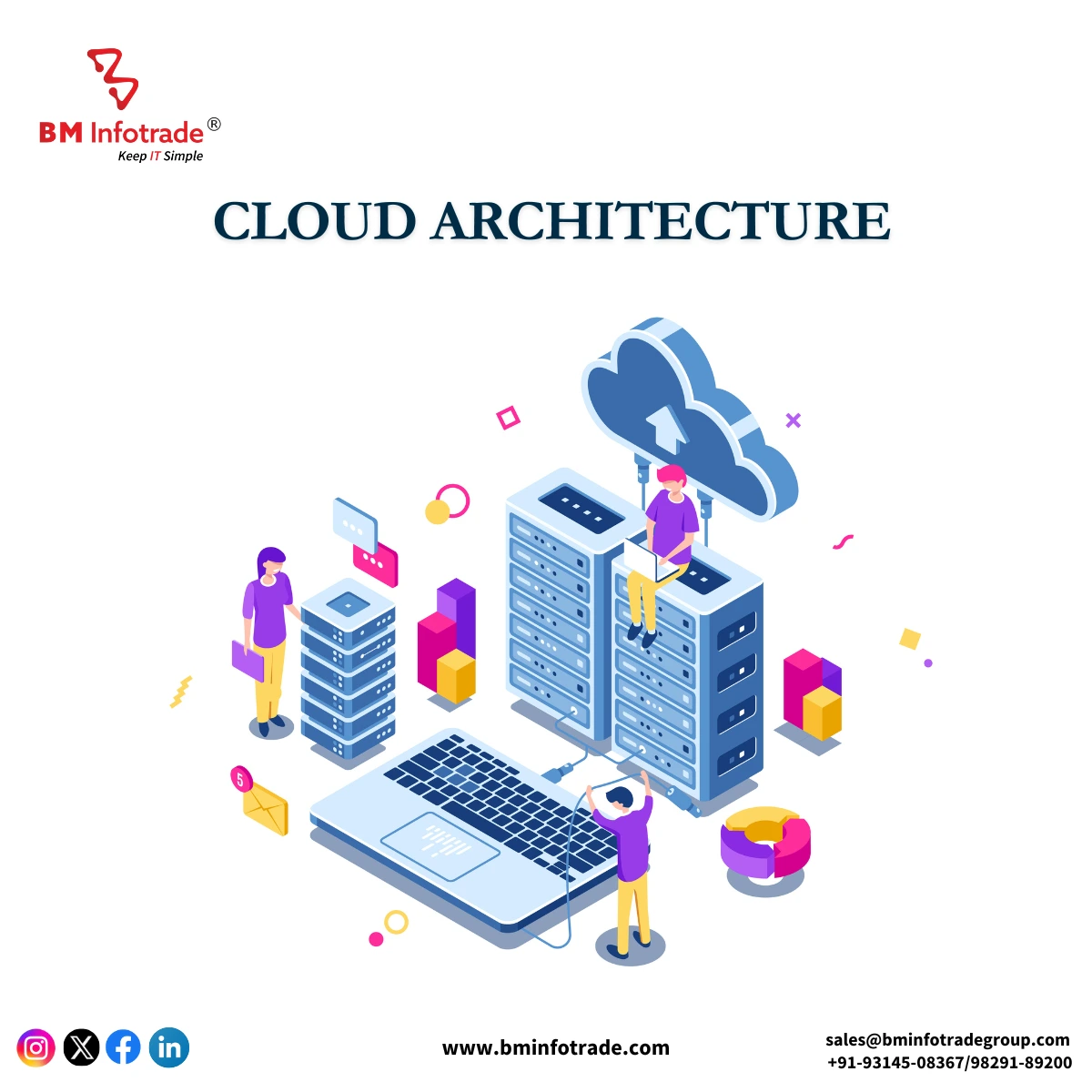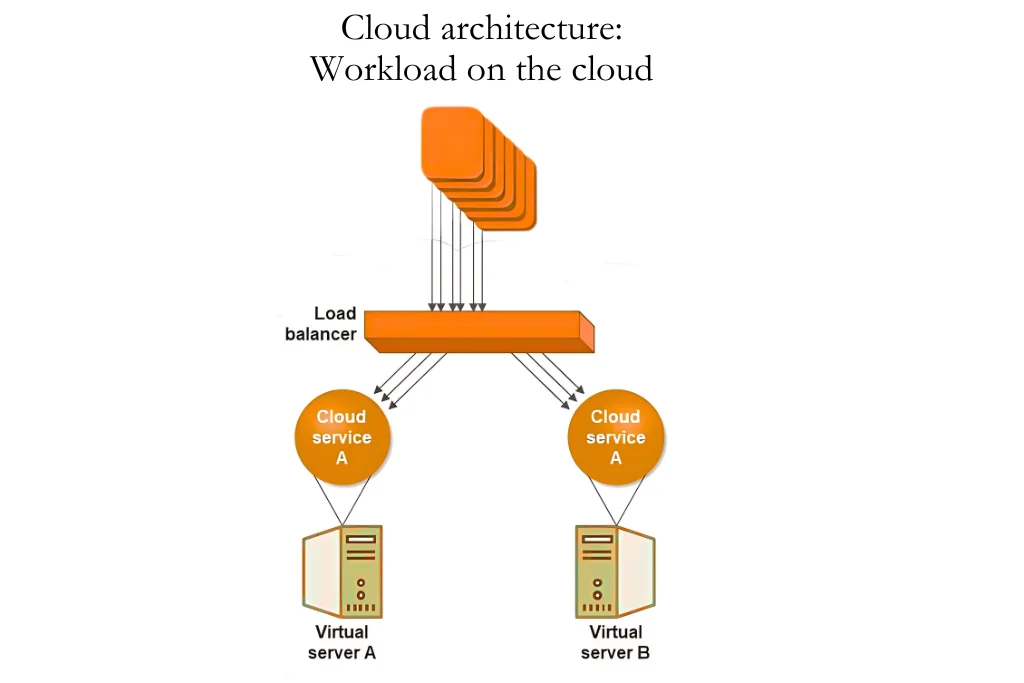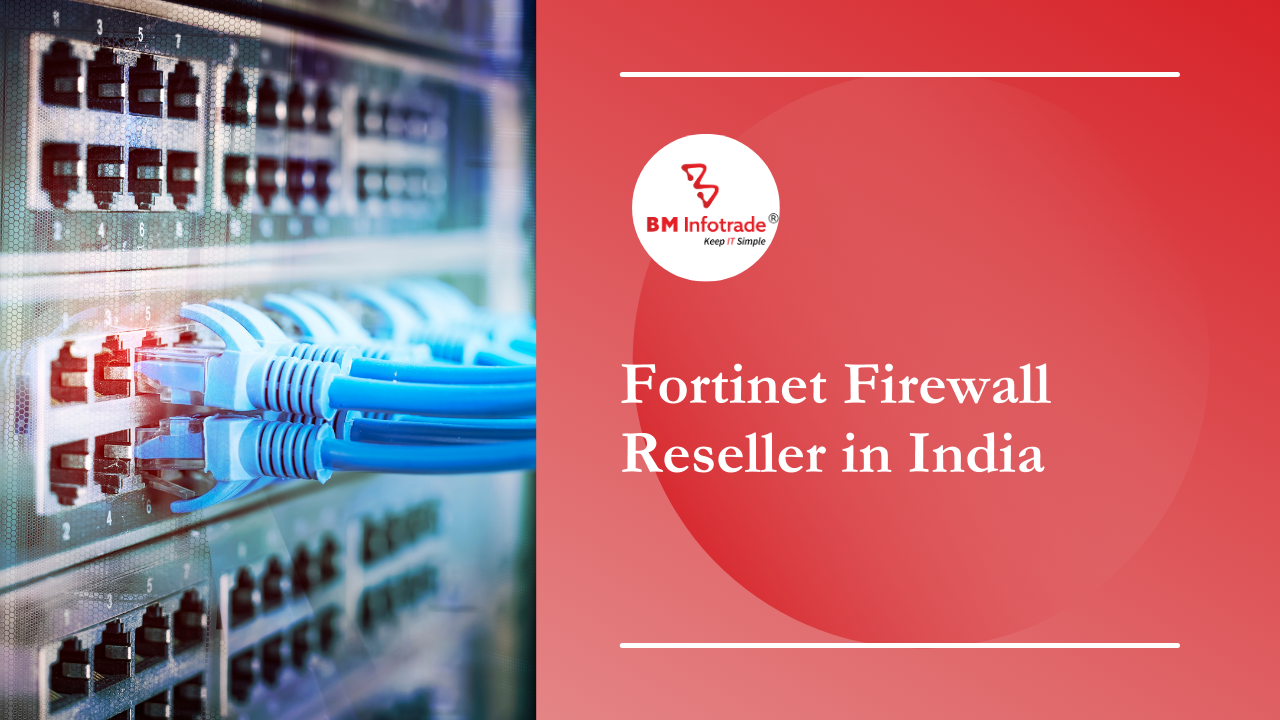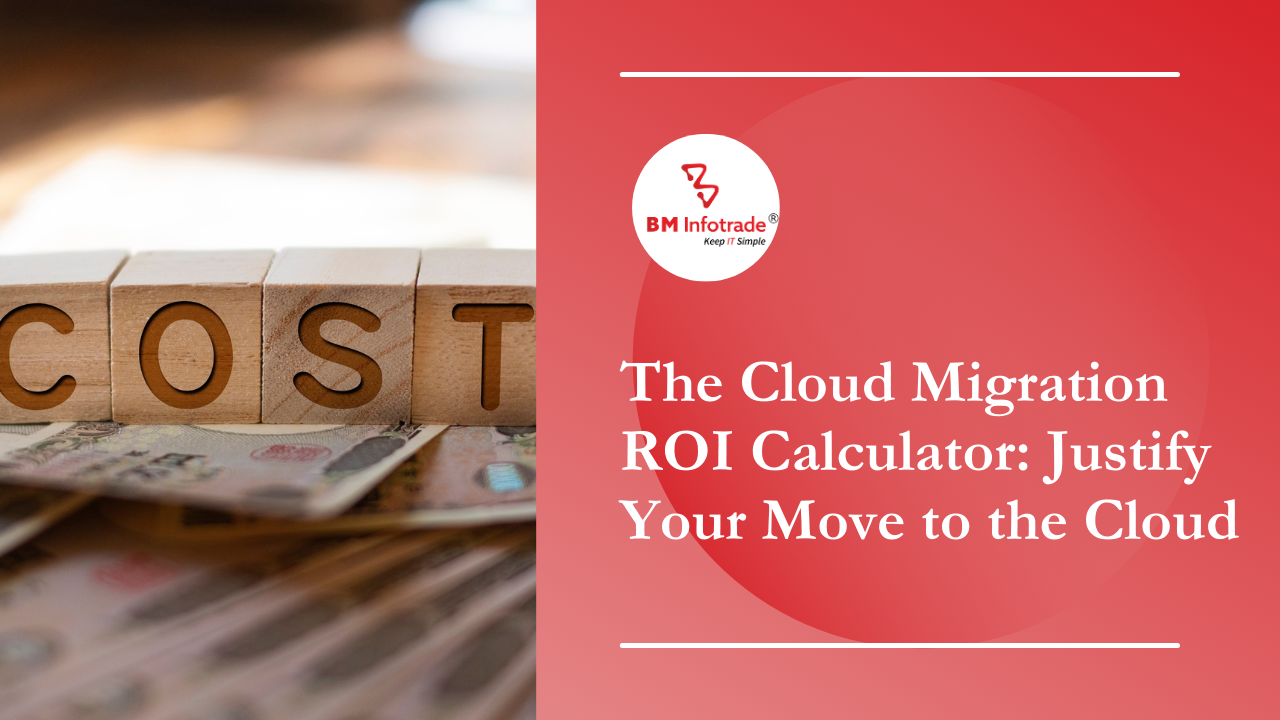Cloud architecture: Workload on the cloud
Explore how to effectively manage workloads in cloud architecture. Learn about best practices, tools, and future trends to optimize your cloud computing strategies

Cloud architecture: Workload on the cloud
Table of Contents
Describe the cloud architecture: Building in the cloud requires a strong understanding of cloud architecture. It alludes to the configuration and links every element and technology required for cloud computing.
When compared to on-premises environments, moving to the cloud can provide many business advantages, including increased agility and scalability as well as cost-effectiveness. While many businesses may initially adopt a "lift-and-shift" strategy, in which existing on-premises applications are transferred over with little to no modification, it will eventually be necessary to build and deploy applications in accordance with the needs and specifications of cloud environments.
The integration of components into the cloud architecture determines how resources can be scaled, shared, and pooled over a network. Consider it a construction manual for deploying and running applications in cloud environments.

Read more: Cloud Provider-The best cloud storage services in the world
What kind of architecture does a cloud have?
Given that users receive both the platform and the supporting IT infrastructure from a cloud provider, clouds are regarded as Platforms-as-a-Service (PaaS). In order for providers to build and provide cloud infrastructure to users, it is necessary to do more than simply abstract a computer's capabilities from its hardware. Incorporating software for routing, security, management, automation, application programming interfaces (APIs), and containerization also necessitates higher levels of development. To make an online experience navigable, user experience design (UX) is crucial.
Although there are different cloud architectures depending on what you want to accomplish, the majority of clouds need hardware, middleware, management, and automation software. Some clouds—known as bare-metal clouds—connect clients directly to hardware, while the majority of clouds also use virtualization to abstract the hardware resources into centrally managed data lakes.

Architectures for public, private, hybrid, and multiple clouds
- Public cloud architecture: A cloud environment built with resources that the end user does not own and that can be shared with additional tenants.
- Private cloud architecture: A cloud environment that is solely dedicated to the end user and is typically located behind the user's firewall or even on-premises.
- Hybrid cloud architecture: multiple cloud environments that can be managed, orchestrated, and have some degree of workload portability.
- Multicloud architecture: An IT setup that makes use of multiple clouds, either public or private, that may or may not be connected via a network.
Why is cloud architecture advantageous?
Cloud computing architecture enables businesses to reduce or eliminate their dependence on on-premises servers, storage, and networking infrastructure. Organizations adopting cloud architecture frequently move IT resources to the public cloud, doing away with the need for on-premises servers and storage as well as a smaller amount of space, power, and cooling for IT data centers. Instead, a monthly IT expense is used in their place.
The popularity of cloud computing today is largely due to this transition from capital expenditure to operating expense.Organizations are moving to the cloud thanks to three key cloud architecture models. These all have unique advantages and distinguishing qualities.
Software as a Service (SaaS) providers deliver and maintain applications and software to organizations over the Internet, negating the need for end users to deploy the software locally. Most SaaS applications are accessed through a web interface, which can be accessed from a wide range of hardware and operating systems.
Platform as a Service (PaaS):
In this cloud model, the service provider delivers a computing platform and a solution stack as a service, often inclusive of middleware. To develop an application or service, businesses can build on that platform. While the customer manages software deployment and configuration options, the cloud service provider provides the networks, servers, and storage needed to host an application.
Infrastructure as a Service (IaaS):
This type of cloud computing eliminates the need for businesses to buy servers, networks, or storage devices by providing the necessary infrastructure on their behalf. In response, businesses control their software and applications and only spend money on the amount of capacity they actually use.
Read more: Hybrid Cloud-Cloud storage is all you need
Conclusion
It's time to think about how you're going to use cloud computing now that the fundamental deployment models have been covered.Adopting the cloud poses difficult obstacles that must be overcome, including managing extensive migrations, altering systems and procedures, managing costs, and gaining visibility across deployments.
On top of on-premises and public cloud storage resources, NetApp Cloud Manager functions as your data estate platform and management layer, assisting you in creating, safeguarding, and managing your data. Users of Cloud Manager have access to all deployments across any of the big three clouds through a single window.







Anshul Goyal
Group BDM at B M Infotrade | 11+ years Experience | Business Consultancy | Providing solutions in Cyber Security, Data Analytics, Cloud Computing, Digitization, Data and AI | IT Sales Leader